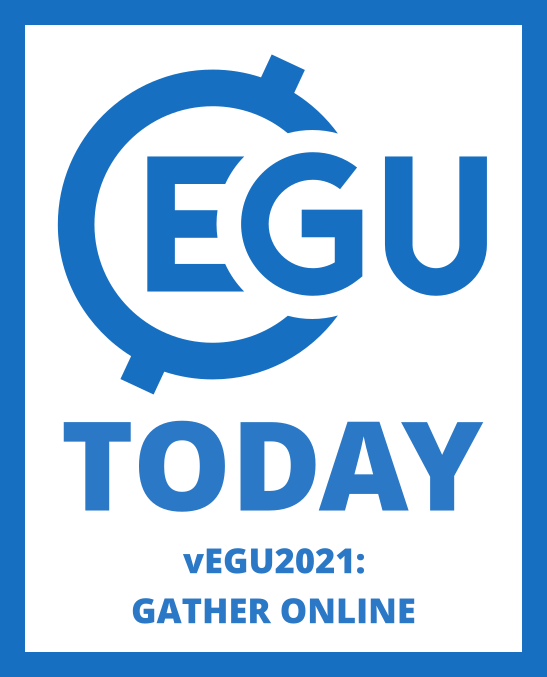
Highlights at a glance
- 09:00 – GM2.8: Environmental Seismology: Deciphering Earth’s surface processes with seismic methods
- 09:00 – HS2.4.4: Hydrological extremes: from droughts to floods
- 11:00 – EMRP2.10: Space weather through ground and space magnetic data
- 11:00 – CL1.2: Palaeoclimate modeling: from time-slices and sensitivity experiments to transient simulations into the future
- 13:30 – OS3.1: From the surface into the deep: advances in marine carbon dynamics with models and observations
- 13:30 – SSP1.2: Achievements and perspectives in scientific ocean and continental drilling
- 15:30 – GI4.2: Lidar remote sensing of the atmosphere
- 15:30 – BG3.12: Emerging constraints of photosynthesis (including chlorophyll fluorescence), respiration and transpiration at ecosystem to global scales
A sincere apology to all vEGU21 participants
Dear conveners, presenters, and participants of vEGU21,
The start of the vPICO sessions on Monday morning did not go well. Many small problems with the BBB-based chats quickly escalated to major connection issues in the first time block, and we had to switch over to Zoom in a very short time span. Unfortunately, this raised further issues, including Zoom-bombing, in some of the later sessions.
Numerous conveners stepped up to the challenge, and we saw several creative responses to the situation. We would like to thank you, our community, for your responsiveness and positive attitude throughout this difficult day.
All vEGU21 events from Tuesday, April 27 on will take place as scheduled. All vPICO sessions will be based on Zoom. In order to alleviate traffic in the conference website, the livestream and text-chats will be disabled. However, all participants will be able to discuss and share in the Zoom sessions, where one breakout room per presentation will allow in-depth discussions. Text-chat based discussion will also be available on the Zoom platform, and the handshake tool will also allow one-on-one text-chats.
We sincerely apologise to all conference participants for the difficulties of this Monday. The conveners, chairpersons, and speakers whose sessions were significantly impacted will be contacted in May to discuss possible forms of compensation. Please continue to check https://www.egu21.eu/ or follow @EuroGeosciences for the latest updates.
Peter van der Beek, EGU Programme Committee Chair
Helen Glaves, EGU President
Alberto Montanari, EGU Vice-President
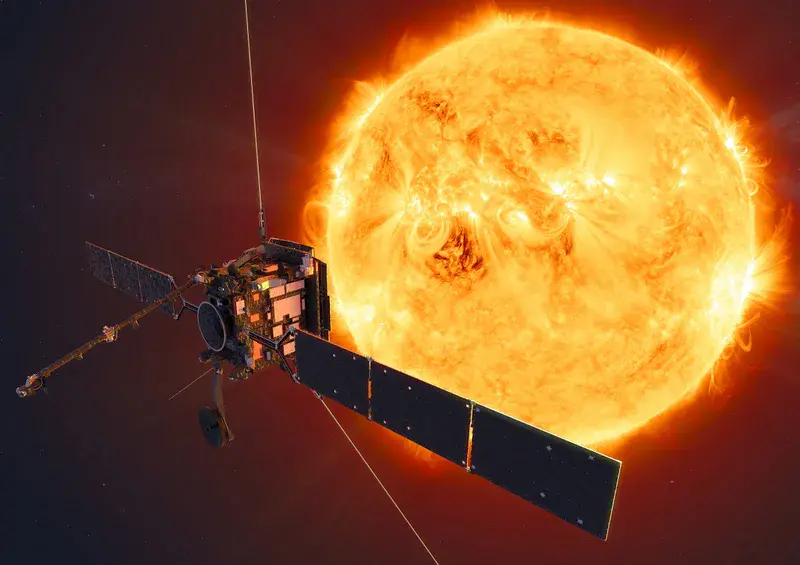
First results from the Solar Orbiter mission
ESA/NASA’s mission Solar Orbiter was launched in February 2020, and the in-situ instruments started their science operations in June. The mission’s unique design will enable breakthrough science focusing on the linkage between the sun and the heliosphere. By approaching as close as 0.28 AU from the sun and orbiting the sun in a plane up to 33 degrees heliographic latitude, Solar Orbiter will view the sun and corona with remote imaging with high spatial resolution and acquire in-situ measurements of the surrounding heliosphere. This session will feature presentations covering instrument performance during commissioning and calibration, initial data and first scientific results from the first perihelia and the cruise phase (together with contextual ground- and space-based observations), and theoretical predictions.
ST1.3: 11:00–15:00
Metamorphic minerals: the building blocks of geological paradigms
Metamorphic minerals are silent witnesses to tectonic processes, and their changes through geological time. New analytical approaches provide exciting new avenues to make these minerals ‘talk’—to reveal their record of deformation, reaction, and fluid flow, and use it to study our dynamic lithosphere. The insights obtained through such research provide ways to examine the foundations of long-standing concepts in petrology and tectonics, as well as challenge and shift paradigms in these fields. This session will highlight integrated metamorphic petrology, with application to tectonics and development of collisional orogens, cratons, and subduction zones. It will also provide an exciting overview of current research on metamorphic and metasomatic processes, as well as the avenues for future innovation.
GMPV7.1: 9:00–12:30
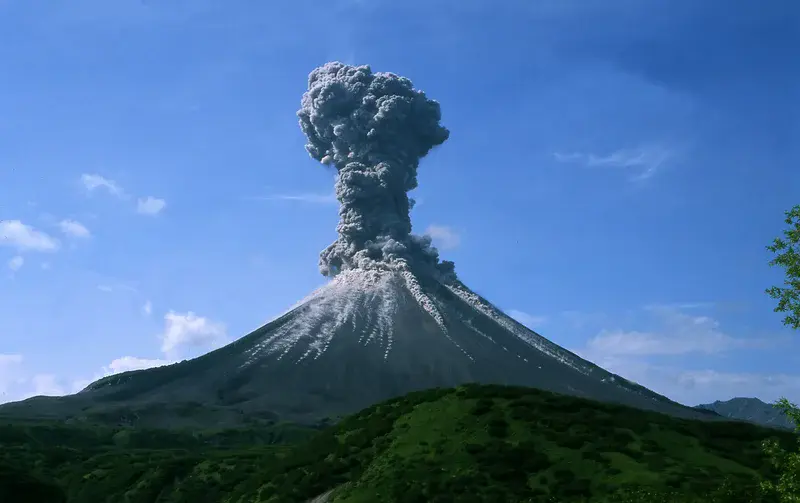
Understanding volcano-climate impacts and the stratospheric aerosol layer
This session will focus on research aimed at better understanding the stratospheric aerosol layer, its volcanic perturbations, and the associated impacts on climate up to and through the post-industrial period (1750-present), as well as the societal impacts of, and human responses to, volcanic eruptions, and volcanic influences on atmospheric composition. The session aims to bring together research contributing to several current international co-ordinated activities, including SPARC-SSiRC, CMIP6-VolMIP, CMIP6-PMIP, and PAGES-VICS.
AS3.25: 9:00–12:30
Award Lectures
Geosciences Instrumentation and Data Systems
- 10:30 – MAL11 Christiaan Huygens Medal Lecture 2020: Raffaele Persico
- 11:15 – MAL11 Christiaan Huygens Medal Lecture 2021: R.Giles Harrison
- 12:00 – MAL11 GI Division Outstanding ECS Award Lecture 2021: Roberto Pierdicca
MAL11: 10:30 –12:30
Energy, Resources and the Environment
- 15:30 – MAL7 ERE Division Outstanding ECS Award Lecture 2020: Estanislao Pujades
- 16:05 – MAL7 ERE Division Outstanding ECS Award Lecture 2021: Giorgia Dalla Santa
MAL7: 15:30 –16:35
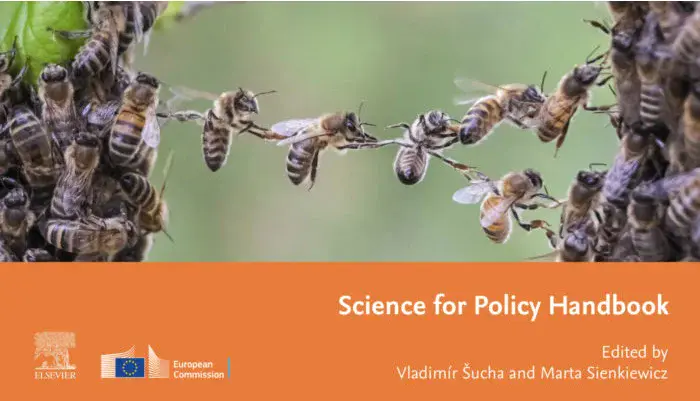
Short Course: Your handbook to science for policy
This session will highlight some of the key messages from the European Commission Joint Research Centre’s recently published Science for Policy Handbook, which provides advice on how researchers and research organisations can help bring science to the attention of policymakers so that these groups can better collaborate on how to address major problems of our age.
Some of the key topics that will be outlined during this Short Course include the importance of strategic planning for engaging relevant policymakers; the different policy actors and their role in the policymaking process; examples of how you can speak the language that policymakers understand and pay attention to; and finding windows of opportunity and building relationships.
SC3.4: 10:00–11:00
More Short Courses
- 09:00 – SC5.4: Using Copernicus Marine Data: Satellite data for ocean applications
- 09:00 – SC5.19: Open-source structural modeling with GemPy
- 10:00 – SC5.17: Lagrangian particle-tracking with TRACMASS – Applications for atmosphere and ocean sciences
- 14:30 – SC2.11: Meet the experts: Geomorphology
- 16:00 – SC5.6: Using satellite data for climate applications – EUMETSAT’s Climate Data Records
- 16:00 – SC5.20: Showcasing the Magma Chamber Simulator
Science to Action: Communication of Science and strategies to fight misinformation
Few opportunities and incentives exist to optimise science communication practices and to evaluate the effectiveness of different engagement approaches. This session, run at both AGU and EGU, encourages critical reflection on science communication best practices and provides an opportunity for the community of science communicators and researchers to share best practices and experiences with evaluation and research in this field. This session will also explore the way efficient communication strategies can help prevent, fight, and debunk misinformation.
EOS7.10: 13:30–15:00
Stable isotope sessions
These two sessions will focus on stable isotope techniques as analytical tools, particularly stable isotopes of light elements, as well as other novel tracers and clumped isotopes. Recent developments now offer the opportunity to investigate these tracers at unprecedented temporal and spatial resolution and precision.
Water, climate, food and health
This session will explore the impacts of hydroclimatic variability, climate change, and the temporal and spatial availability of water resources on food production, population health, the quality of the environment, and the welfare of local ecosystems.
HS7.3: 9:00–10:30
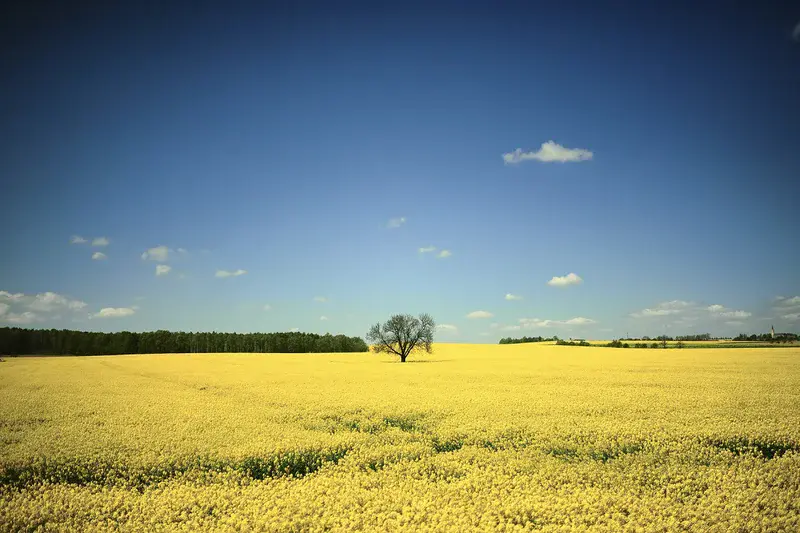
The evolving open-science landscape in geosciences: open data, software, publications and community initiatives
With a focus on hydrological sciences, as an example within the geosciences, this session is designed to gain a community overview of the current open-science landscape and how this is expected to evolve in the future. It aims to foster a debate on open science, lower the bar for engaging in open science, and showcase examples, including software and other instruments for assisting open research. This may include software and tools, open science dissemination platforms (such as pre-print servers and journals), the teams driving the development of open-science resources and practices, and discussion on the regulatory moves towards standardising open access in the scientific community and what those policies mean in practice.
EOS5.3: 15:30–17:00
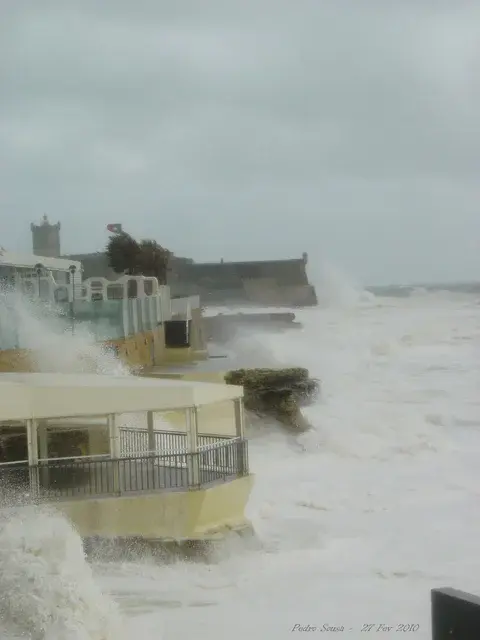
Natural hazards and climate change impacts in coastal areas
Coastal areas are vulnerable to erosion, flooding and salinization and this vulnerability is likely to be exacerbated in the future, which calls for a better understanding of the underlying physical processes and their interactions with the coast. Numerical models play a crucial role in characterizing coastal hazards and assigning risks to them. This session will focus on assessments and case studies at global, regional, and local scales of potential physical impacts of tsunamis, storm surge, sea-level rise, waves, and currents on coasts, as well as near-shore ocean dynamics, and the socio-economic impact of these hazards.
NH5.4: 15:30–17:00
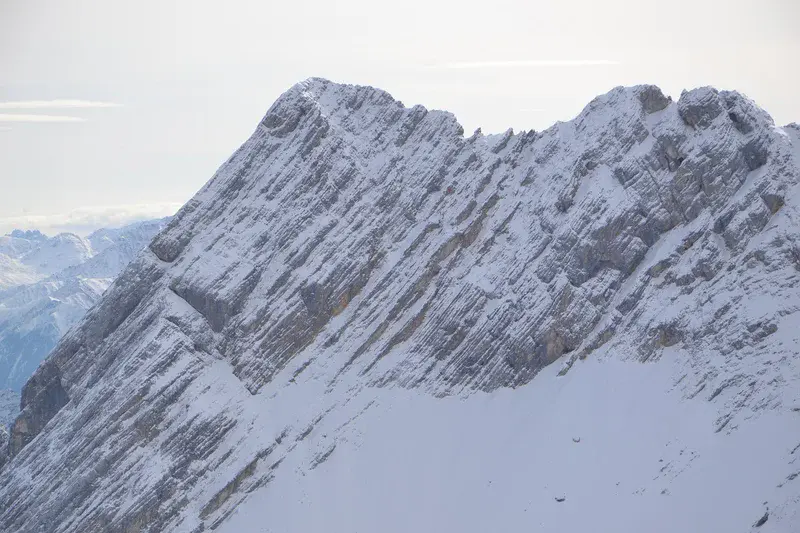
The Alps and neighbouring mountain belts: a multidisciplinary vision (AlpArray)
The Alps—which have provided geologists a unique natural laboratory for the study of orogenic processes for more than a century—are now being reexamined in the AlpArray project involving a large number of European institutions. The session will highlight new results in AlpArray and similar projects and that identify and solve key open questions of the present and past structure and dynamics of the Alps and neighbouring orogens such as the Pyrenees, the Apennines, the Carpathians and the Dinarides.
TS7.8: 13:30–17:00
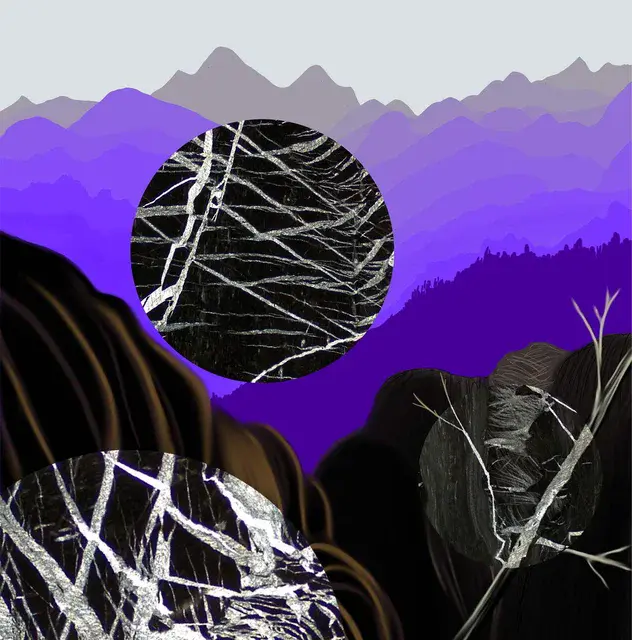
Meet vEGU21 Artist (not!) in Residence Priyanka Das Rajkakati
In addition to the latest Earth, planetary, and space science research, vEGU21 is also featuring the contributions of four talented artists, who are sharing their artwork via social media (using the hashtag #EGUart). One, Priyanka Das Rajkakati (@PriyankaSpace), just completed a PhD in precise satellite navigation at France’s ISAE-Supaéro. She is also a hobby artist who creates artwork using a wide variety of mediums, including acrylics and pastels as well as origami. During vEGU21, she will focus on producing digital artwork. Das Rajkakati, who recently completed an analogue-astronaut simulation at HI-SEAS Hawaii, has found a unique venue for her creations: the European Space Agency will be sending her first algorithmic image, NightSky, to the Moon in 2022!
About
EGU Today, the Union’s daily newsletter during the EGU General Assembly, helps keep you informed about what’s happening by highlighting sessions and events of broad interest from the programme. The newsletter, including previous issues, is available at https://www.egu.eu/egutoday/.
Unsubscribe via support@copernicus.org.
The Assembly Online
LinkedIn
Instagram
YouTube
Facebook
Mastodon
Bluesky
blogs.egu.eu, geolog.egu.eu
www.egu.eu